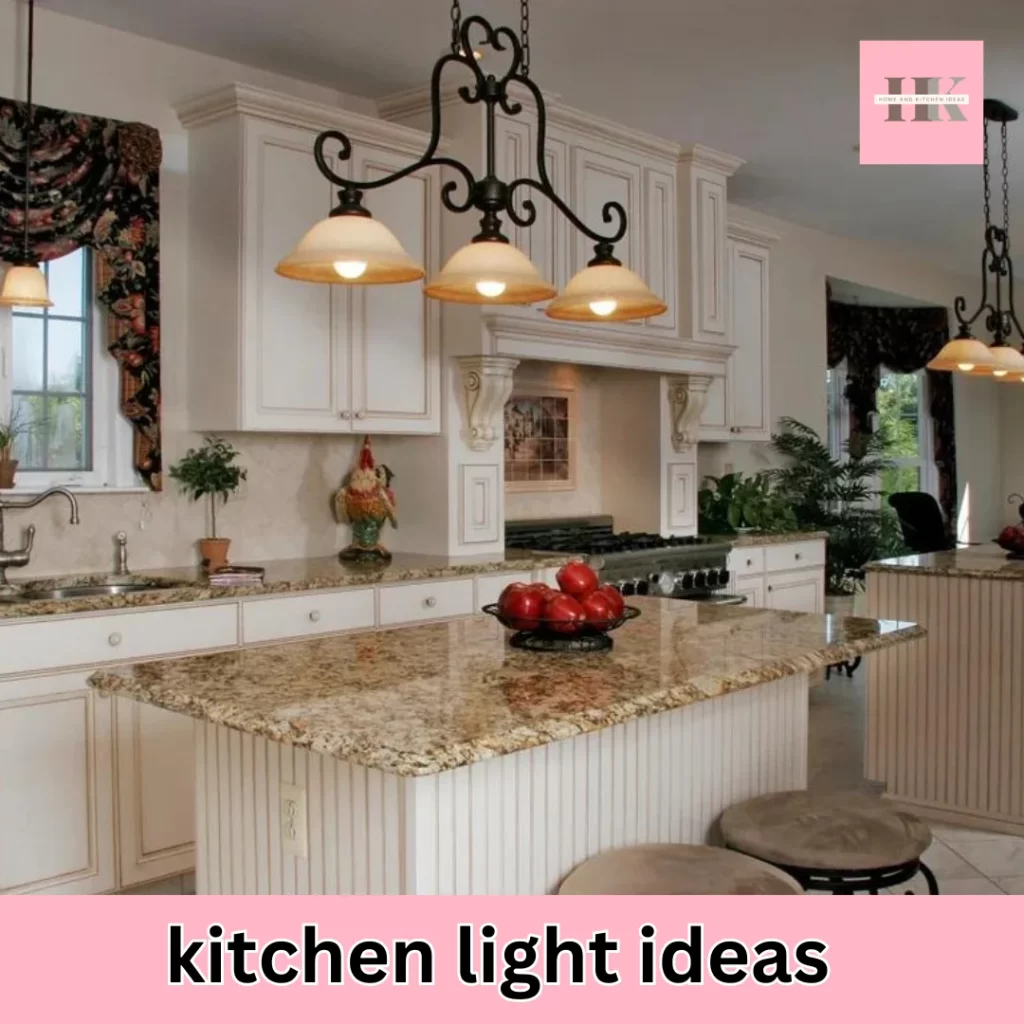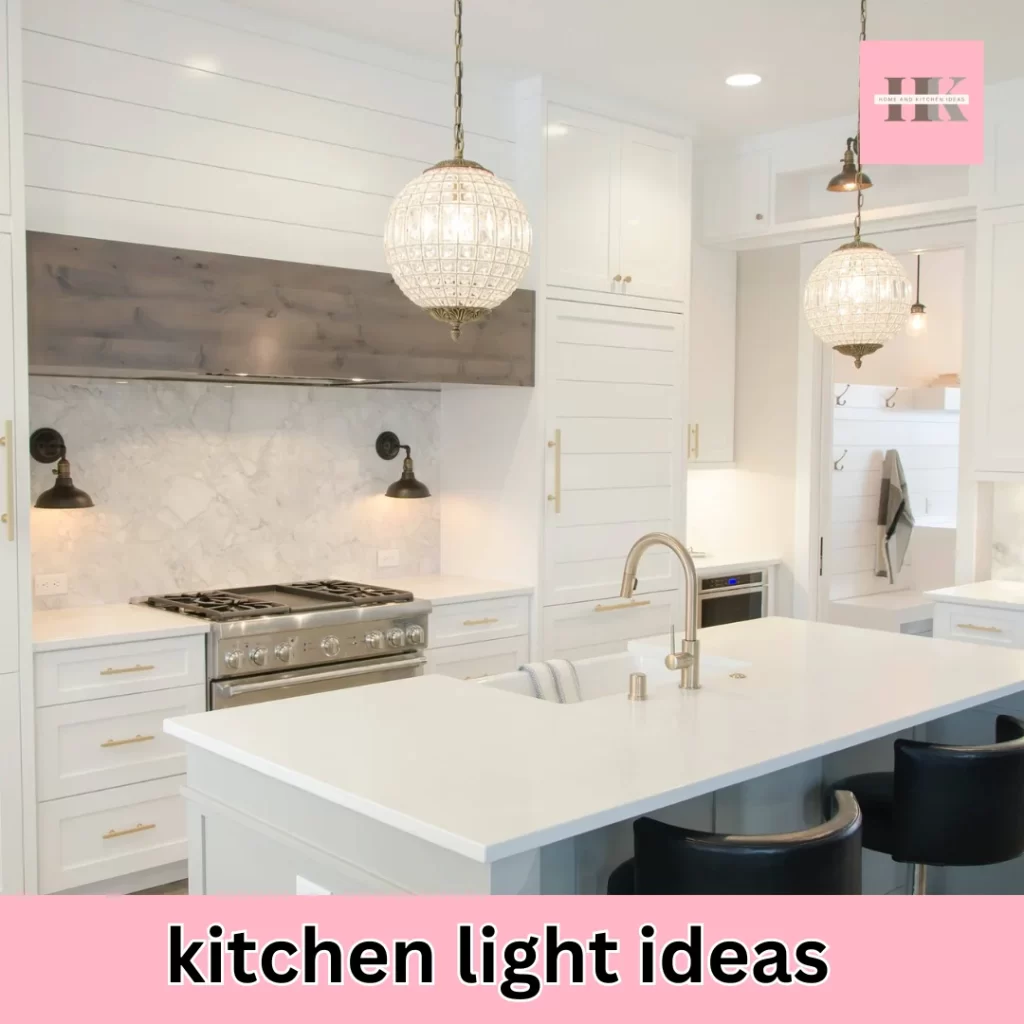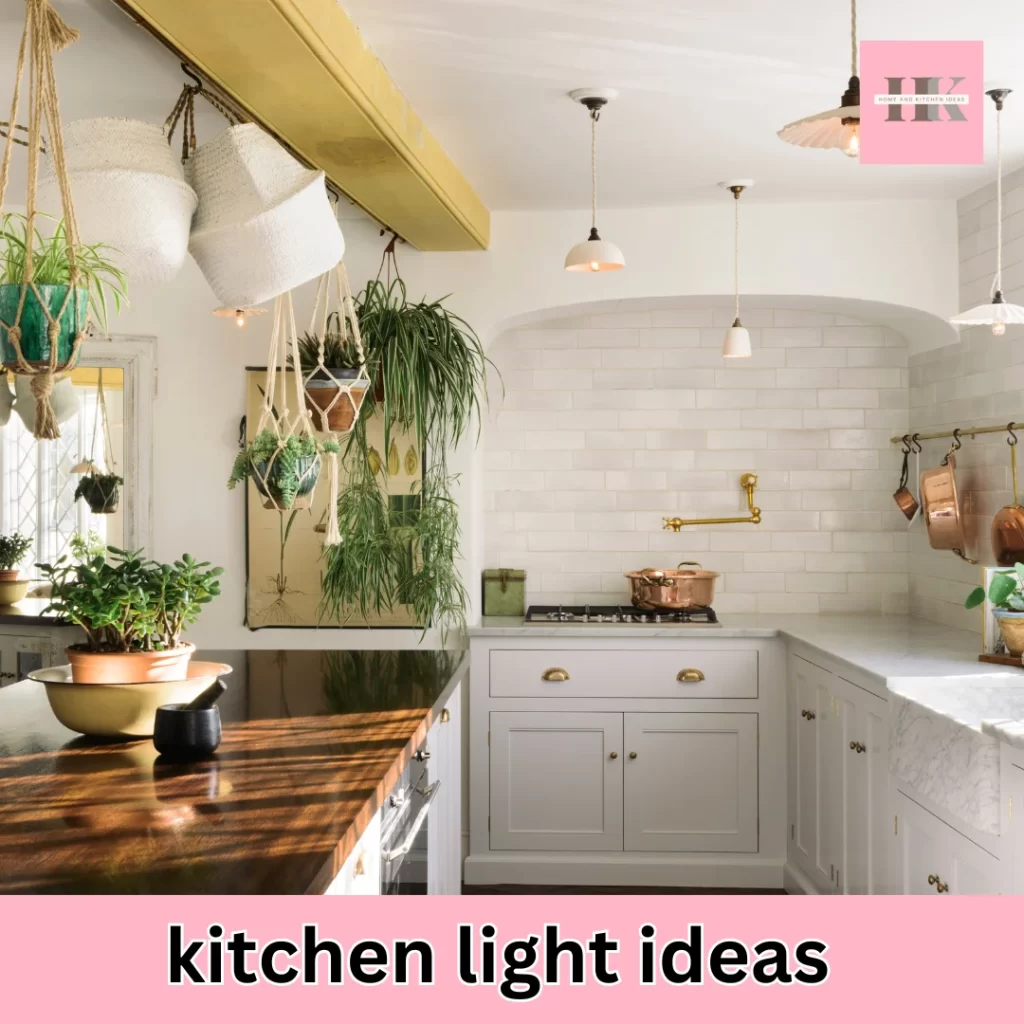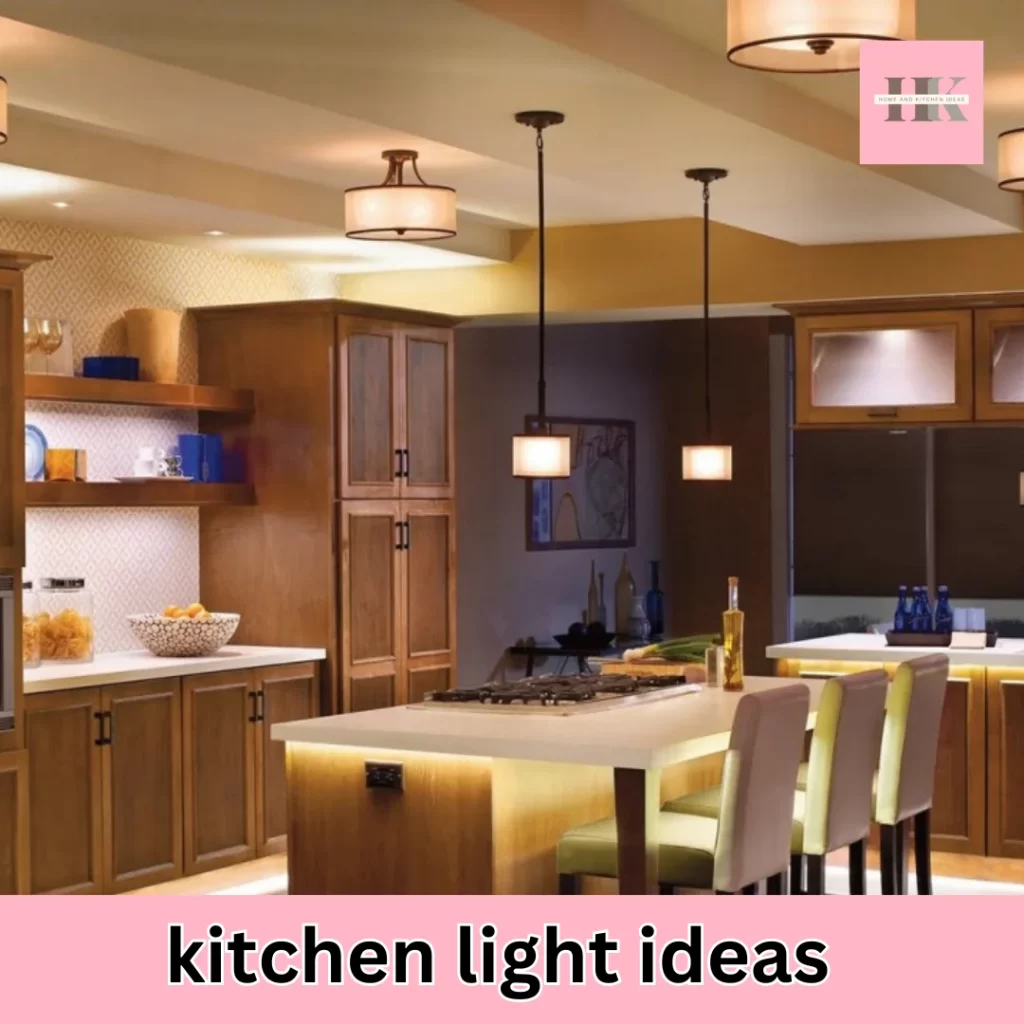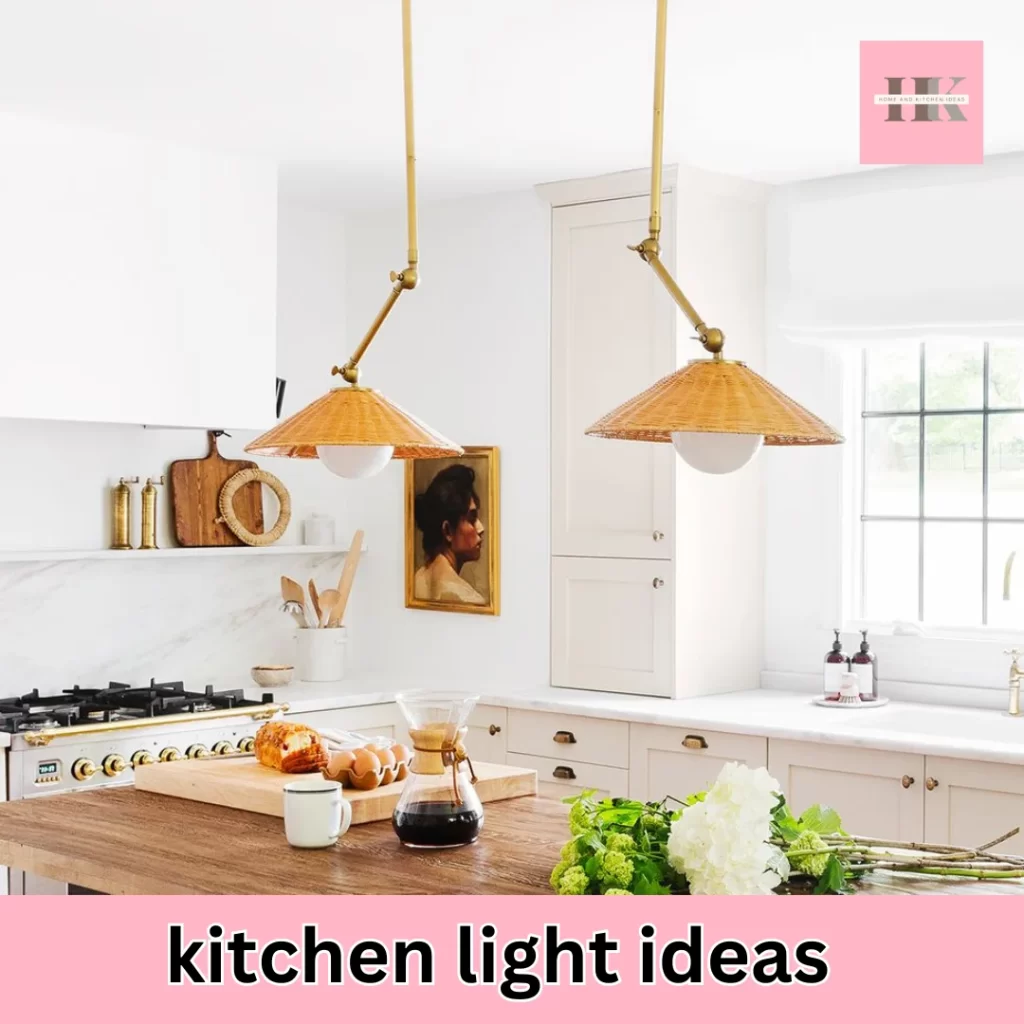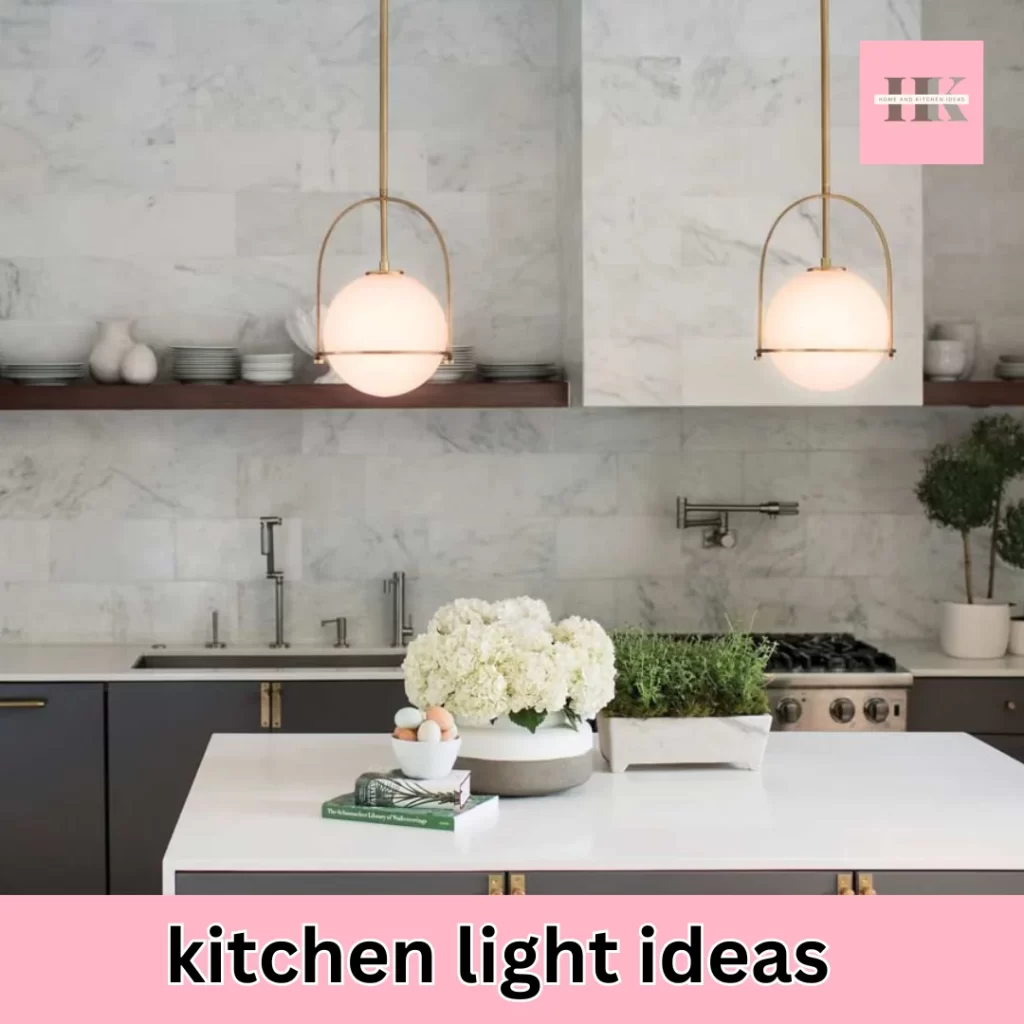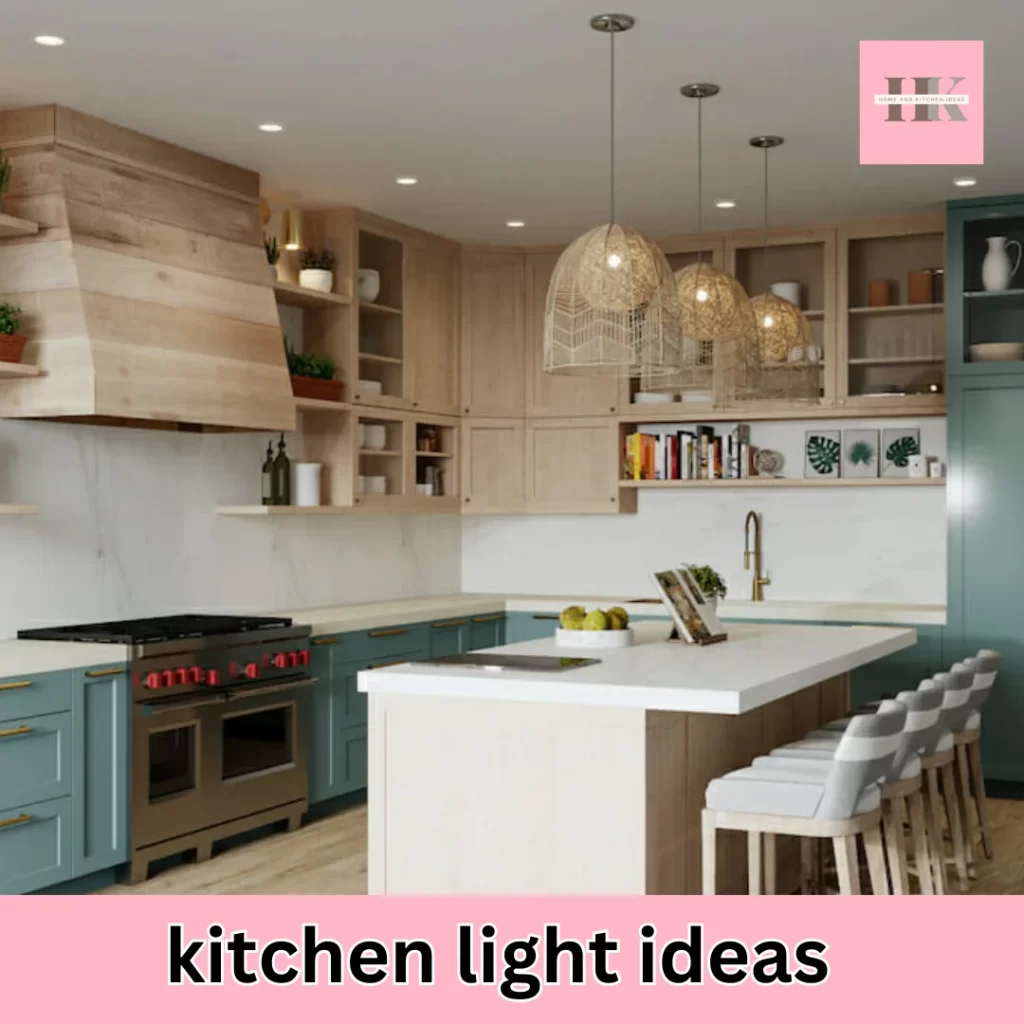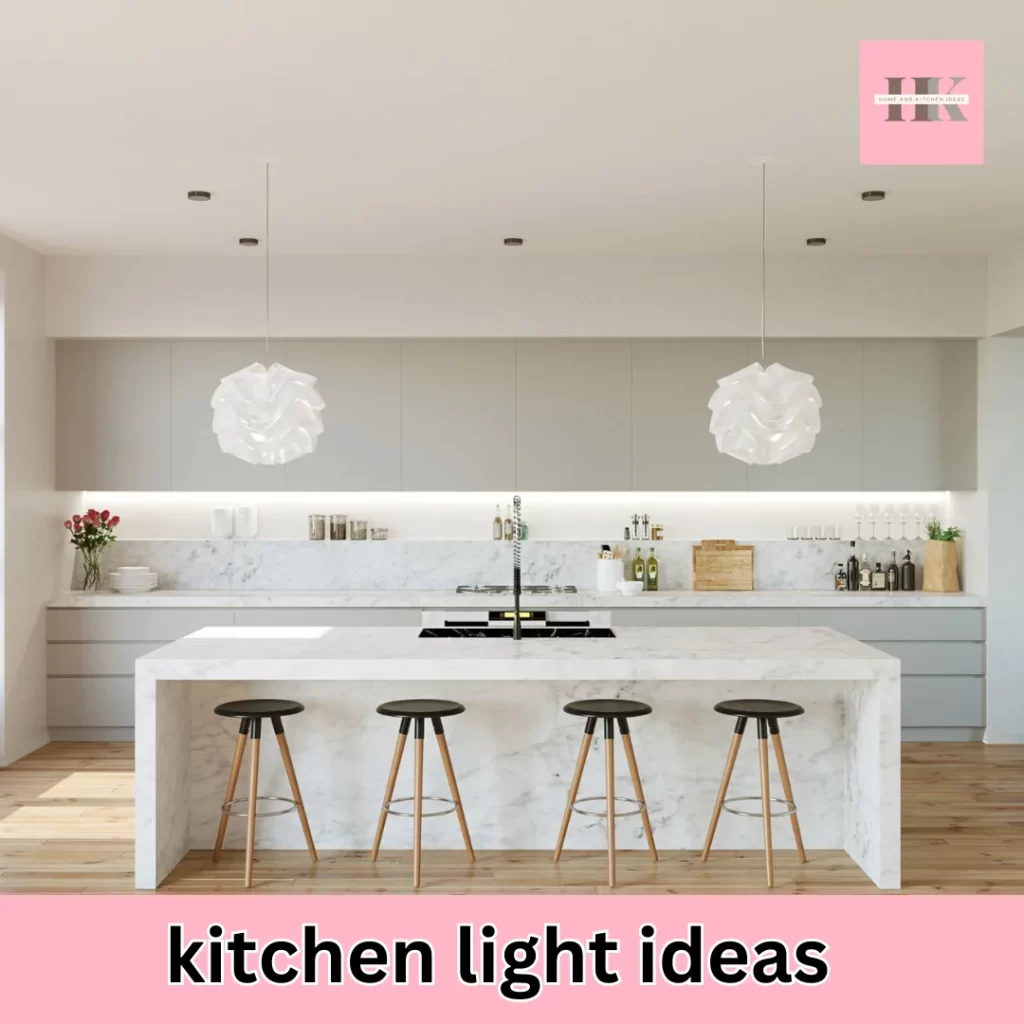10 Best Kitchen Light Ideas
Creating a well-lit, inviting kitchen is not just about installing a few light fixtures and flipping a switch. It’s an art form that combines aesthetics, functionality, and practicality. If you’ve ever pondered what lights look best in a kitchen or wondered how to achieve optimal lighting in your culinary haven, you’re in the right place. In this comprehensive guide, we’ll delve into the intricacies of kitchen lighting, offering you 10 tips that will illuminate your path to a brighter, more enjoyable cooking space.
1. Layer Your Lighting
Achieving the perfect kitchen lighting isn’t a one-size-fits-all endeavor. It’s more like crafting a culinary masterpiece with multiple layers of flavors. Similarly, layering your lighting involves blending different types of fixtures to create a harmonious, multidimensional glow. Combine overhead fixtures, task lighting, and accent lights to achieve a balanced culinary ambiance.
2. Embrace Natural Light
Let’s not forget the master of all light sources – the sun. Maximize natural light by strategically placing windows, skylights, or even a chic glass door. Natural light not only brightens your kitchen but also infuses it with a fresh, vibrant energy that’s simply unbeatable.
3. Choose the Right Bulbs
The perplexing world of light bulbs can be daunting, with options ranging from incandescent to LED, fluorescent, and beyond. Opt for LED bulbs with a warm color temperature for a cozy and energy-efficient lighting solution. They are versatile, long-lasting, and kind to your utility bills.
4. Install Under-Cabinet Lighting
Banish those dark corners and shadowy spaces with under-cabinet lighting. These discreet fixtures not only enhance visibility for meal preparation but also add a touch of sophistication to your kitchen’s ambiance.
5. Pendant Lights for Style
For a burst of style in your kitchen, consider pendant lights. These elegant fixtures can transform your kitchen island into a focal point. Choose designs that complement your kitchen’s aesthetic, from rustic farmhouse to sleek modern.
6. Dimmer Switches for Versatility
Adding dimmer switches to your kitchen lighting arsenal is like giving yourself control over the sun’s intensity. Adjust the brightness to match the occasion, whether it’s an intimate dinner or a bustling family breakfast.
7. Task Lighting Precision
Illuminate specific work areas with task lighting. Whether you’re chopping vegetables or reading recipes, task lighting ensures that you have ample illumination precisely where you need it.
8. Recessed Lighting for Evenness
Create an evenly lit canvas with recessed lighting. These fixtures blend seamlessly with your ceiling, eliminating any visual clutter while providing uniform brightness throughout your kitchen.
9. Consider Color Temperature
The color temperature of your kitchen lighting matters. Warmer tones (around 2700K) create a cozy, inviting atmosphere, while cooler tones (around 5000K) evoke a crisp, modern feel. Mix and match to strike the perfect balance.
10. Don’t Overlook Maintenance
Lastly, maintain your lighting fixtures. Clean your bulbs and fixtures regularly to ensure optimal brightness and longevity. A little TLC can go a long way in preserving your kitchen’s luminous charm.
In conclusion, the quest for exceptional kitchen lighting involves an intricate dance of design, technology, and personal preference. By layering your lighting, embracing natural light, and choosing the right bulbs and fixtures, you can transform your kitchen into a brilliantly illuminated culinary sanctuary. So, whether you’re preparing a gourmet feast or simply enjoying a midnight snack, let your kitchen shine as the heart of your home.
What Lights Look Best in a Kitchen?
When it comes to selecting the best lights for your kitchen, it’s all about finding the right balance between functionality and aesthetics. Here are some options that work exceptionally well in kitchen settings:
LED Recessed Lights: These fixtures are subtle and provide even illumination, making them ideal for ambient lighting in the kitchen. They blend seamlessly with the ceiling, creating a clean and modern look.
Pendant Lights: Pendant lights not only serve as functional task lighting but also add a touch of style and personality to your kitchen. They come in various shapes, sizes, and materials, allowing you to match them with your kitchen’s decor.
Under-Cabinet Lights: These lights are perfect for illuminating countertops and workspaces. They eliminate shadows and make food preparation tasks much easier. LED strips or puck lights are popular choices for under-cabinet lighting.
Natural Light: You can’t go wrong with natural light. Large windows, skylights, or a well-placed glass door can flood your kitchen with beautiful, invigorating daylight.
Dimmable Fixtures: Having the ability to adjust the brightness of your kitchen lights with dimmer switches can be a game-changer. It allows you to set the mood for various occasions, from cozy dinners to vibrant gatherings.
How Do I Get Good Lighting in My Kitchen?
Achieving excellent lighting in your kitchen involves a thoughtful combination of different lighting elements and practical considerations. Here’s a step-by-step guide:
Plan Your Lighting: Start by assessing your kitchen’s layout and identifying key areas that require lighting. These typically include the cooking area, dining space, and work surfaces. Plan your lighting accordingly.
Layer Your Lighting: Create layers of light by incorporating ambient, task, and accent lighting. This combination ensures that your kitchen is well-lit for all activities and adds depth to the space.
Choose the Right Bulbs: Opt for LED bulbs with a warm color temperature for a cozy and energy-efficient lighting solution. Ensure that your chosen bulbs provide adequate brightness for their intended purpose.
Install Dimmer Switches: Dimmer switches offer flexibility in adjusting the intensity of your lights. They’re particularly useful for setting the right mood and conserving energy when full brightness isn’t needed.
Utilize Natural Light: Maximize natural light sources by strategically placing windows or skylights. Keep them clean and unobstructed to allow sunlight to flood the room.
Consider Color Temperature: Choose the color temperature of your bulbs carefully. Warmer tones create a cozy ambiance, while cooler tones lend a modern, crisp feel. You can mix and match to achieve the desired atmosphere.
Maintenance Matters: Regularly clean your bulbs and fixtures to ensure they operate at their best. Replace bulbs as needed to maintain optimal brightness.
Seek Professional Advice: If you’re unsure about lighting design, consult with a professional electrician or interior designer. They can help you create a tailored lighting plan that suits your kitchen’s specific needs and aesthetics.


